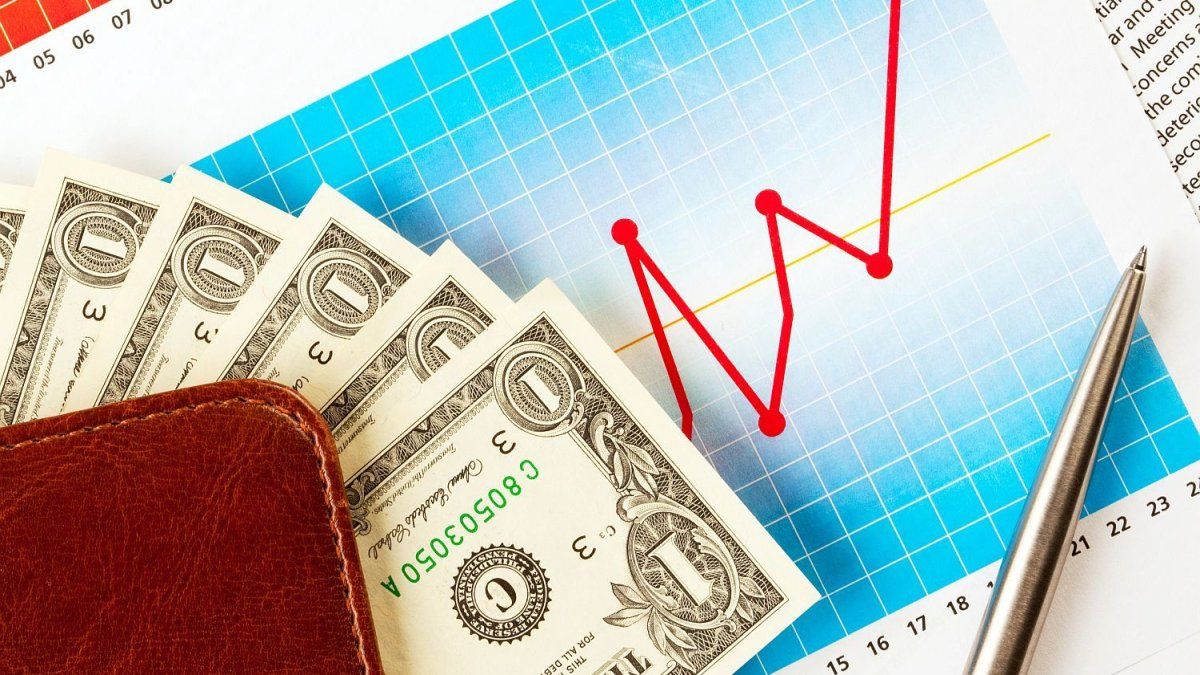The inflation expectations of the businessmen fell again in November and indicated a projected variation in the 6.5% by 2023, just above the target range established by the Central Bank of Uruguay (BCU)according to the latest technical bulletin of the National Institute of Statistics (INE).
Even though that him Consumer Price Index (CPI) rose for the second consecutive month —although remaining comfortably within the target range, between 4% and 6%—, businessmen are beginning to bring their forecasts closer to what the government expects and has requested on several occasions.
According to the latest data published by the INE, the business sector expects a median inflation of 6.5% for 2023, while keeping it at 7% for the moving year closed in October 2024. This last figure has been repeated during the latest updates of the Business Expectations Survey (EEE).
Likewise, there was a reduction of 20 basis points with respect to the moving year closed in October 2025, period for which they anticipated a CPI of 7%.
Regarding the expected evolution of the operating costs of the companies, the median remained at 8% both for 2023, and for the moving year closed to 2024 and the same period in 2025, without variations with respect to last month’s expectations.
Inflation rose again
The inflation accelerated again in November and reached 4.96% annually, according to the CPI which is prepared monthly by INE, so that it seems to be consolidated at a new level, within the target range established by the BCU. In any case, and despite the fact that there was a cut in prices, business expectations continue above what appears to be the new status quo of prices.
He CPI registered an increase of 0.34% compared to last month’s data and has an accumulated variation of 5.22% so far this year, although with the expectation that in December there will be a drop in the indicator to close the year below 6%, that is, within the government’s objective.
The item that became most expensive was furniture, household goods and other regular household items, with an increase of 1.20%, driven by the 2.70% increase in the domestic service. There was also a sharp increase in the transport, of 0.92%, driven by an increase of 8.60% for passenger transportation with a driver and a 13.54% increase in airfare, while there was a 0.99% increase in recreation, sports and culture, with an increase of 5.89% on the prices of tourist packages.
As to food and non-alcoholic beverages, the increase was 0.07%, with increases of 2.90% in nuts and decreases in meat and other derived products (0.17%) and in Vegetables, tubers and legumes (0.07%).
Source: Ambito




